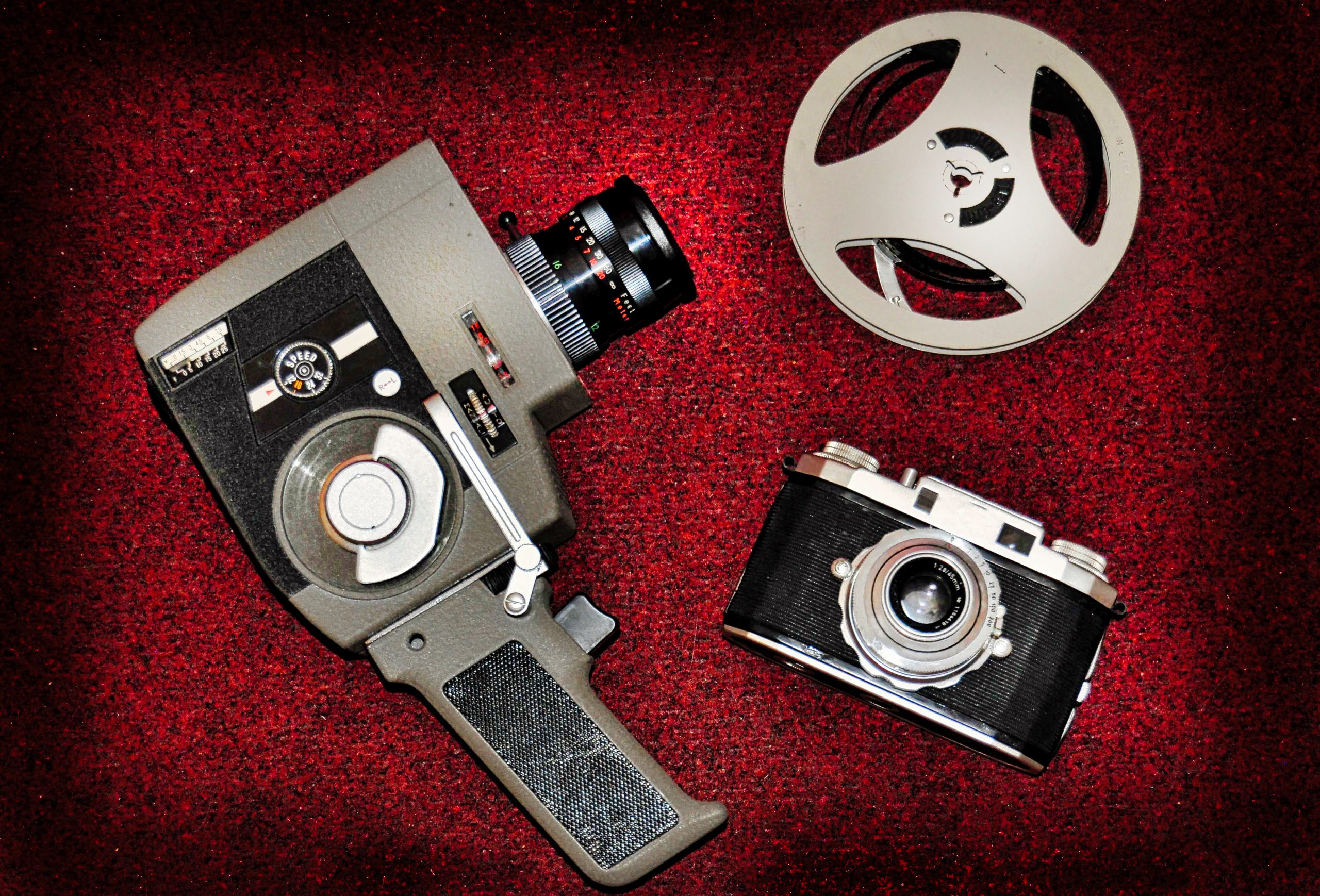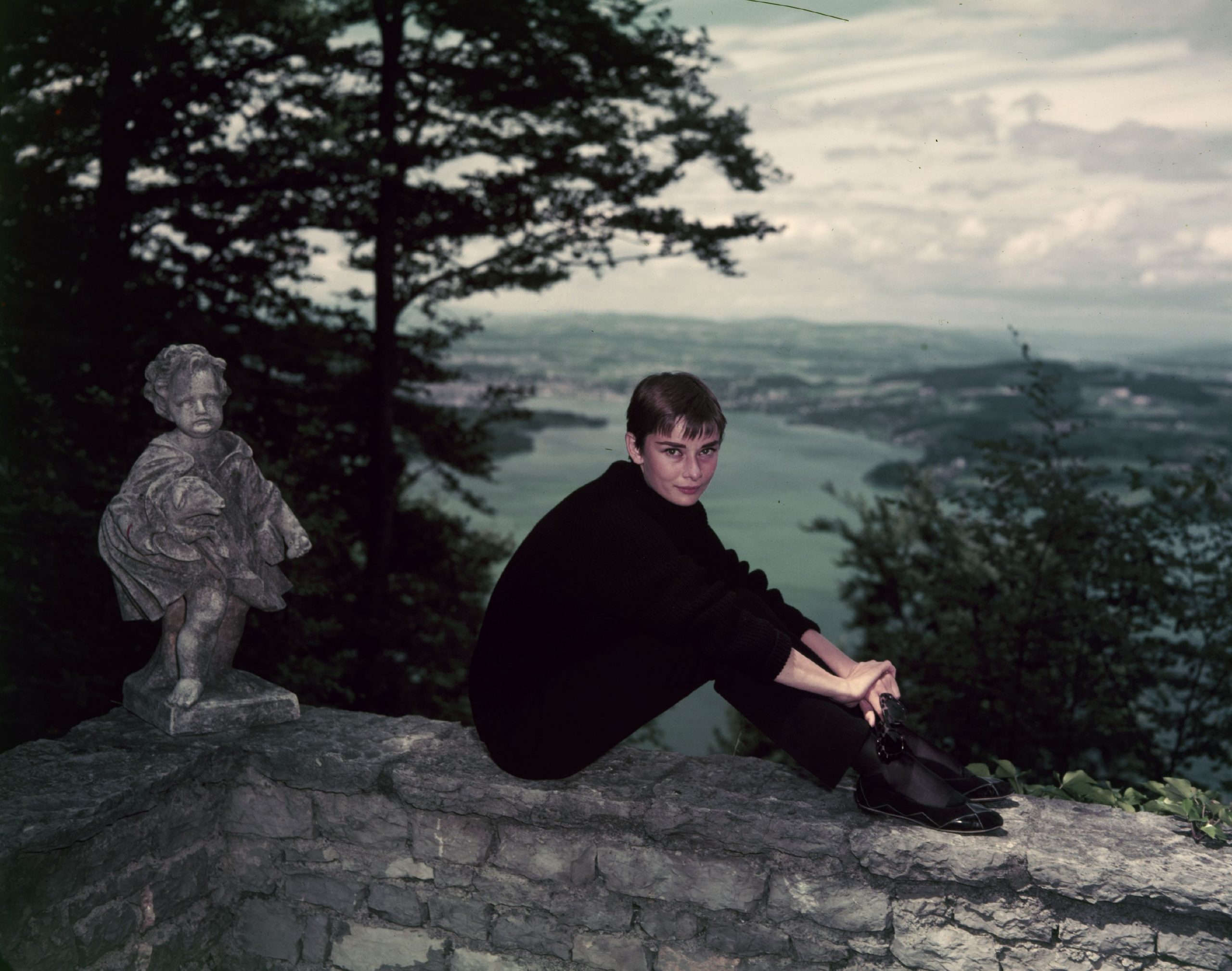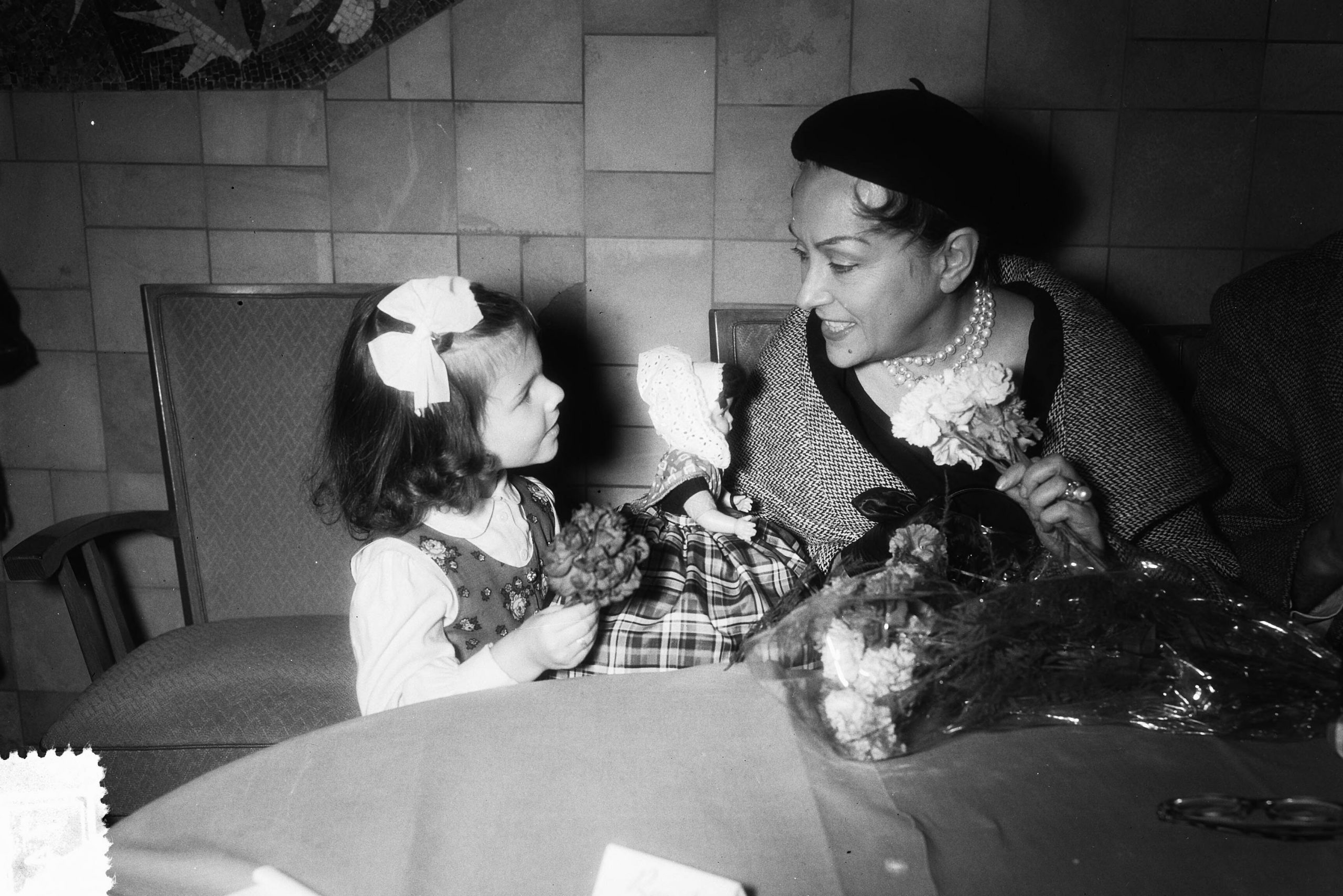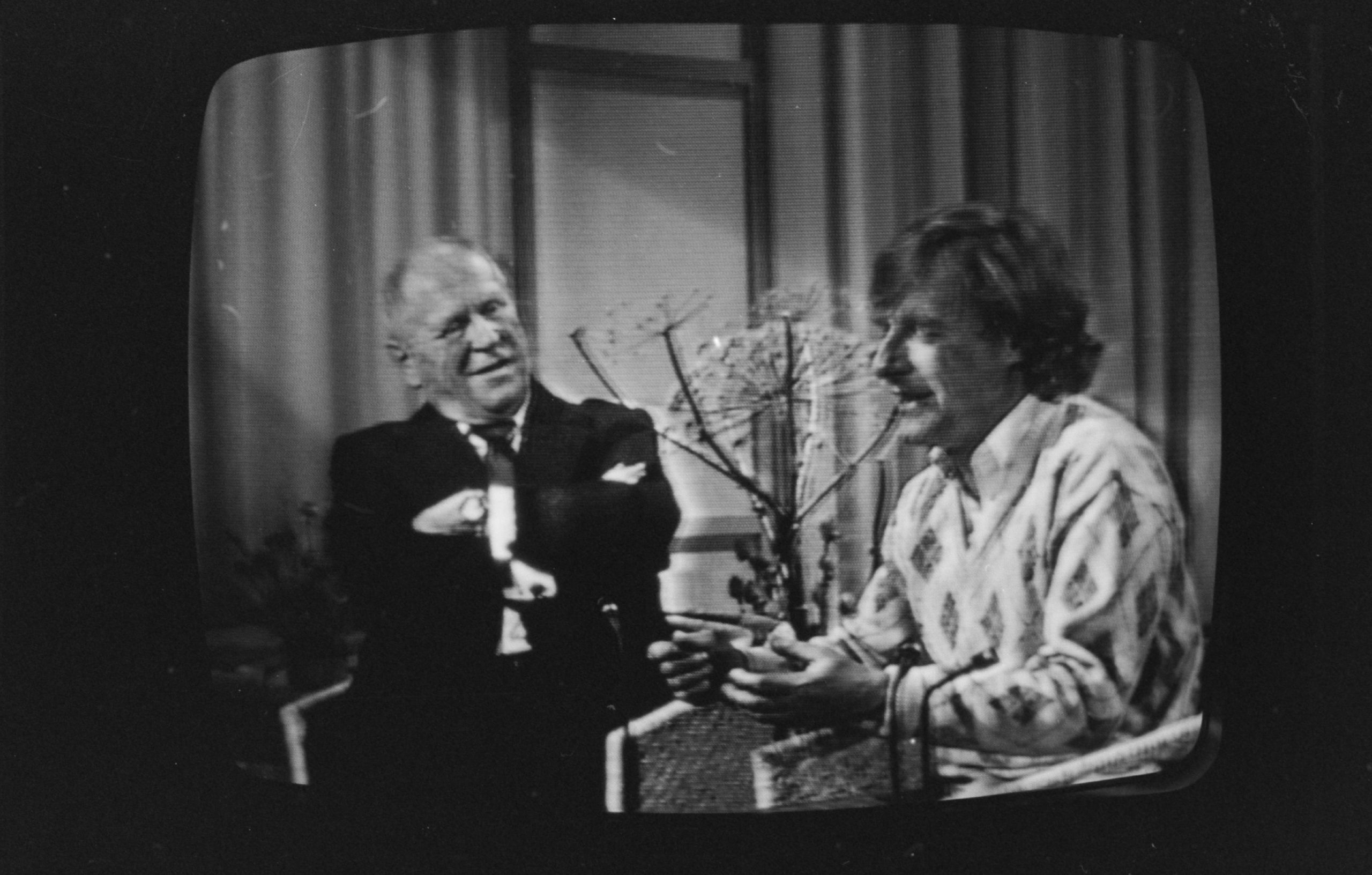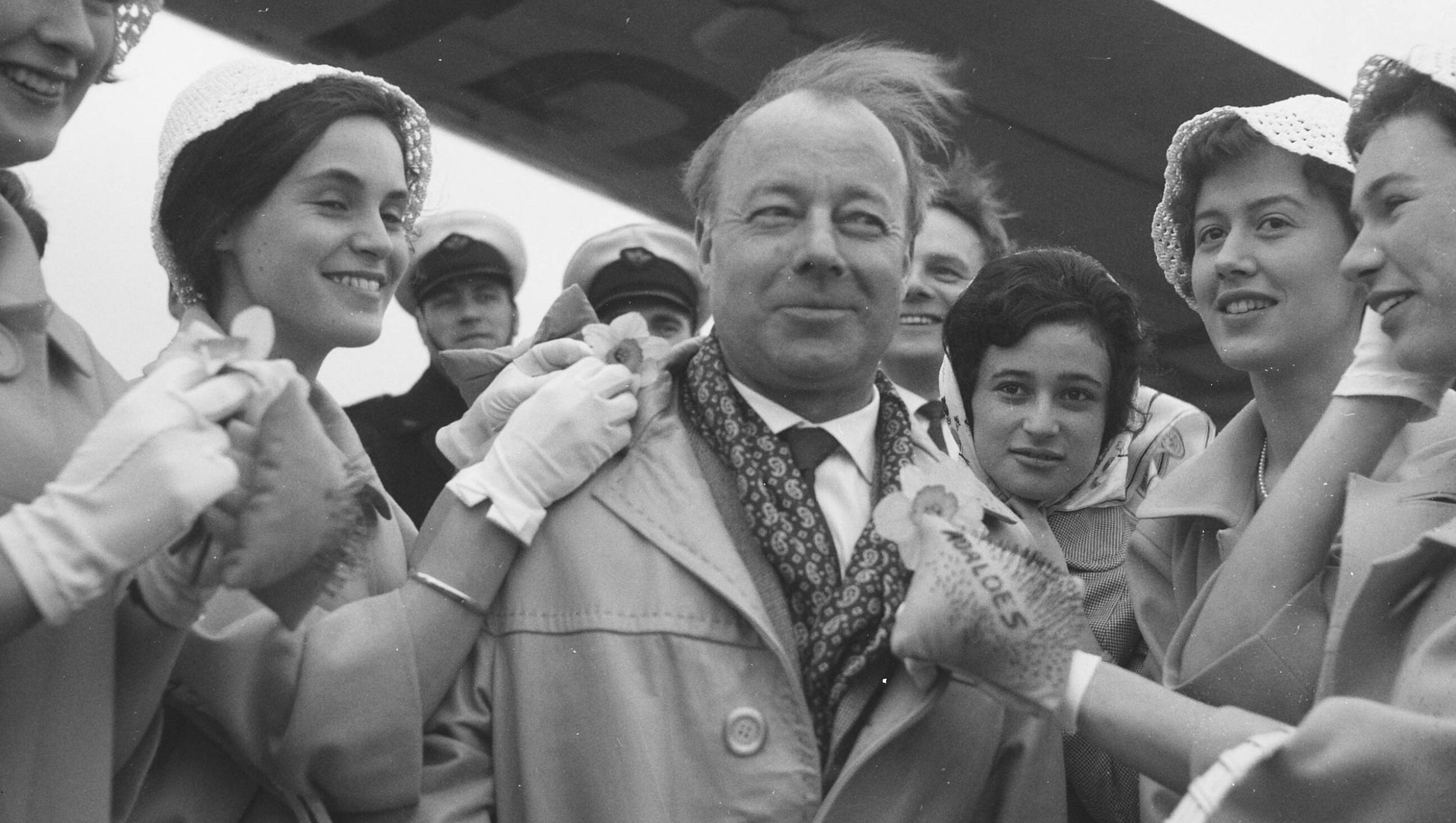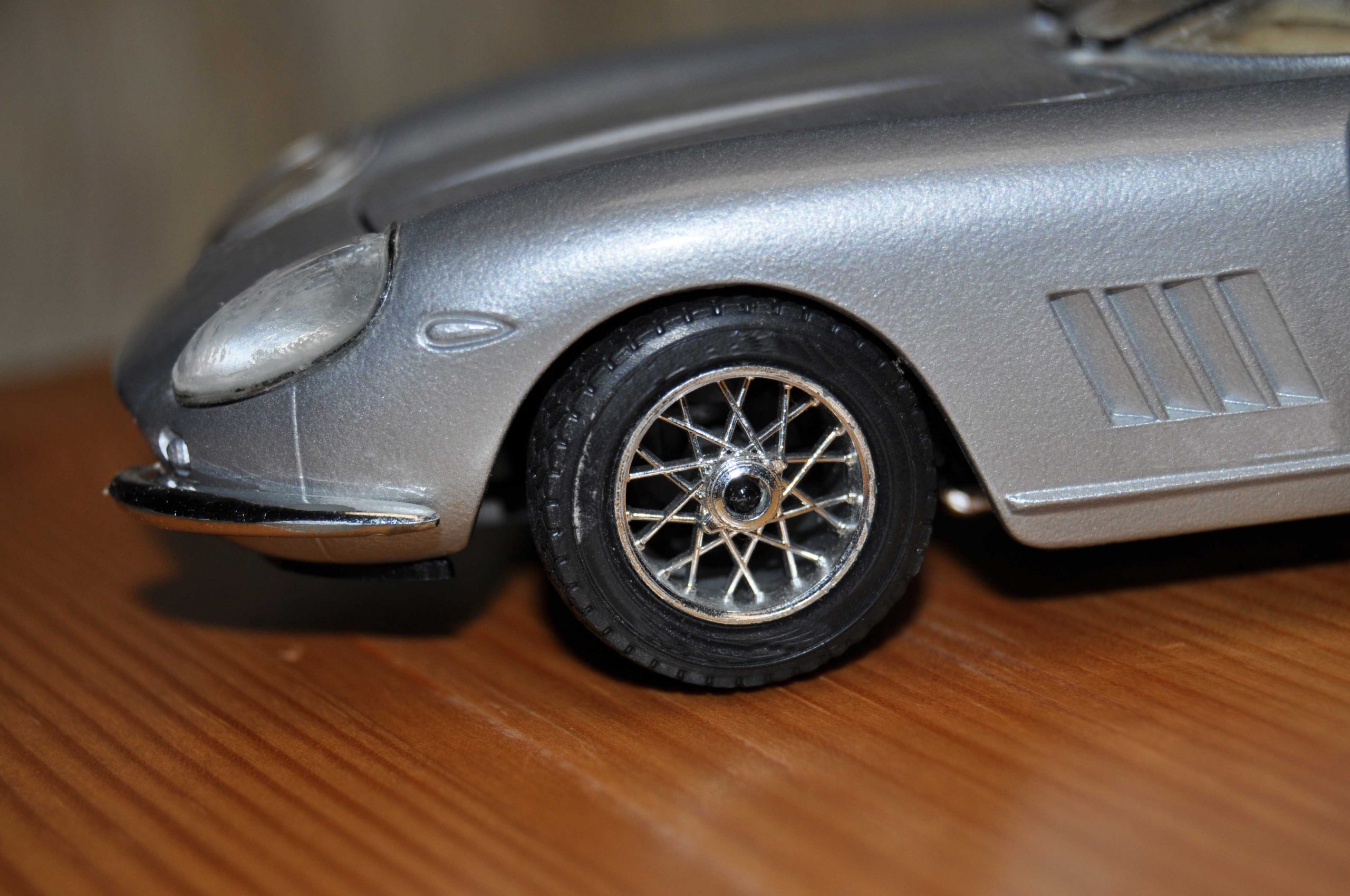After there have been high expectations concerning the new spin-off in the Star Trek universe, it’s been finally published: the first episode of “Star Trek Picard“.
Jean-Luc Picard (Patrick Stewart) has quit Starfleet and spends his retirement at “Chateau Picard“, his winery in France. No, he doesn’t drink wine: He drinks “Tea: Earl Grey, decaf“. The addition “decaf“ is new and owing to his age. On the whole, the age seems to take its toll throughout the series and it’s being used as a comical element. Whether this is always successful is another matter.
The two Romulans who arise as “caregivers“ for the senile Picard and who patronise him accordingly go to such lengths as to tell him not to forget washing his hands. This is received with a shrewish remark by Picard — is this possibly a gentle social criticism à la “how disrespectful do we treat our elders“?
Technical innovation: Television
However: the number of banalities in the first few minutes of this series exceeds the number of banalities throughout the whole series “The Next Generation“. The dialogue at the beginning between Dahj (the “heroine“ of this first episode, portrayed by Isa Briones) and her moribund lover could be part of any teenie-series. The manner of watching breakfast TV and the news channel “FNN – News of the Galaxy“ are such a pitiful poor copy of today’s mainstream that one wishes we’ll be spared the described future.
There is a strange reminiscence to the 50s when TVs were an innovation and not available in every household. In this scene, an interview with Picard can be seen on multiple screens behind a shop window, it’s raining, one hears the interview via outdoor-loudspeakers and two humans with an umbrella are stopping to listen to Picard. This commemorates scenes from older films in which the technical innovation “TV“ was exhibited in the shop windows. These shop windows attracted a lot of people. To see a similar scenario in “Picard“ seems like an anachronism.
There is an intriguing question to which there seems to be no answer: In some scenes, one sees the vineyard with some kind of drones flying over the vine and spraying a liquid. What is it the drones are spraying? Is it necessary to permanently water the vines of the future? Is this the glyphosate of the future? Is this the reason why Picard rather drinks Earl Grey from the replicator than his own wine?
Star Wars in the essence
Anyway, all jokes aside. Unfortunately, the borrowings taken from “Star Wars“ concerning the visuals and the symbols of the new series are no joke. The battle scene at the beginning that shows Dahj fighting against aliens in black helmets is a visual allusion to “Star Wars“. Dahj’s greatcoat could live up to every jedi. There is a “Galactic Treaty“ – another allusion to Star Wars? At the beginning, one gets the chance to admire the architecture of “Greater Boston“ which appears to be designed by the architects of “Star Wars“. Furthermore, the design of the Borg Cube never looked more similar to the Death Star as in this episode. The sound in general and the pictures of the “Romulan reclamation plant“ are “Star Wars“ in the essence.
However, it’s not only Star Wars. The appearance of the young Romulan at the end of the episode makes one think of “Lord Of The Rings“. Concerning the visualisation of Dahj’s search for Picard, one might think of the “Mind Maps“ in “Sherlock“ where Benedict Cumberbatch portrays the genius detective. In short: One gets the impression that there is a lack of originality while watching “Picard“. But there is still time.
French: No dead language in the Star Trek universe after all?
So much for the criticism. After all, there is definitely also something positive about this first episode: Patrick Stewart as Jean-Luc Picard demonstrates his humour by speaking to his dog named “Number One“ in French. Why is this funny? During the casting for “The Next Generation“ in the 80s, Stewart refused saying a single word in French although Jean-Luc Picard is a Frenchman. Over the years, this evolved into a “running gag“ and it even went so far that the crew members said that French was a dead language in the Star Trek universe.
Winkingly, Stewart responds to this by having learnt a bit of French and by conducting a meaningful dialogue in French with Number One.
Patrick Stewart said in an interview that he only took the part of Jean-Luc Picard again because he found that the story was so extraordinary and different from everything one knew of “Star Trek“ until now.
So, what is there to do? Keep watching!

 Deutsch
Deutsch